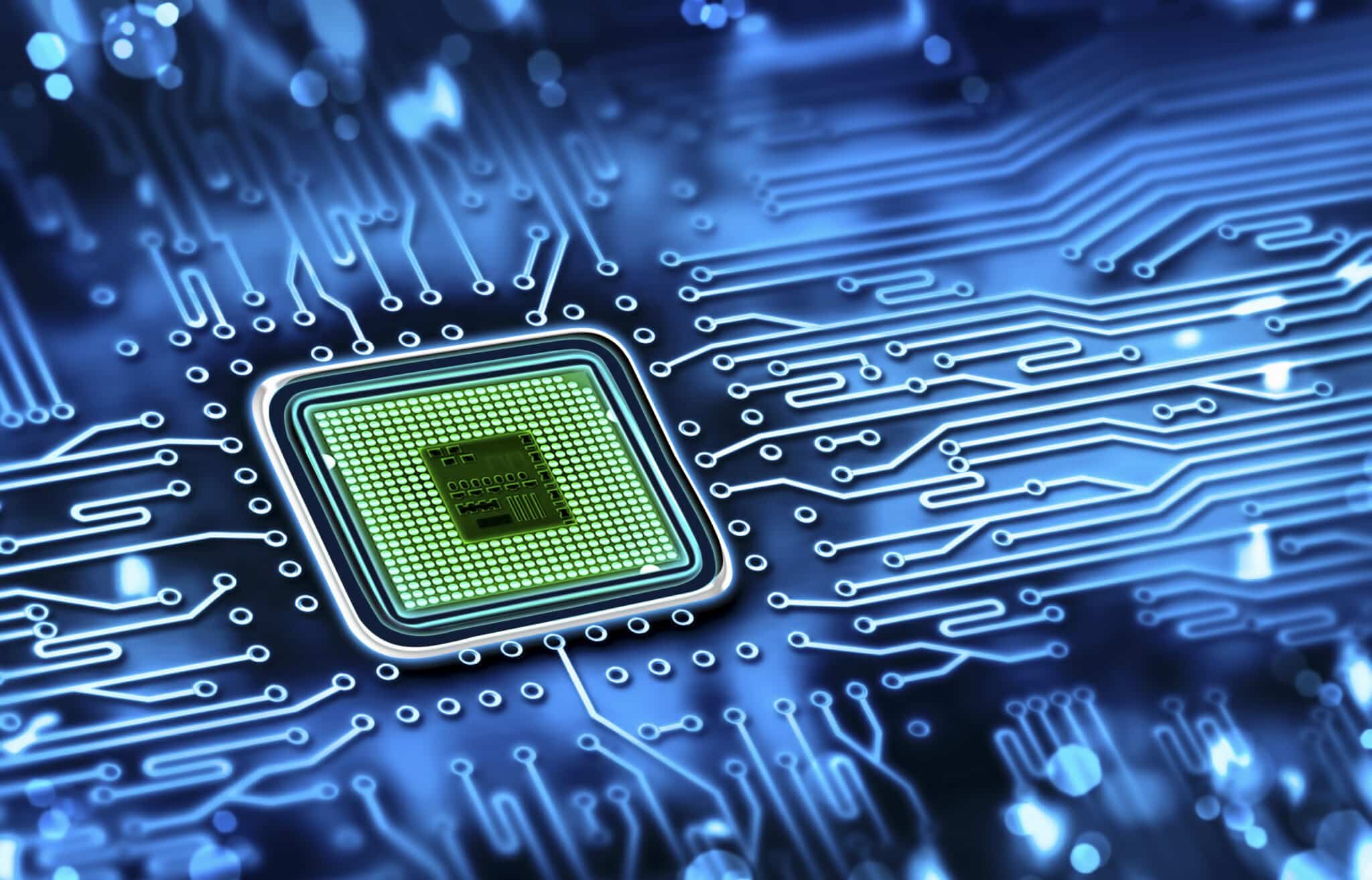Superconductors are materials that can conduct direct current without losing energy if they are cooled to extremely low temperatures. MIT’s discovery of a superconducting diode could revolutionize the development of more effective electronic devices as the effect of a superconducting diode changes the critical current of superconductors depending on the direction of flow.
A superconducting diode from MIT
A superconducting diode is the result of the Massachusetts Institute of Technology (MIT) in collaboration with IBM Research Europe. A significant contribution, which came from two high school students who participated in a summer program at MIT. The result announced through the Physical Review Letters could affect the manufacture of new electronic components.
The superconducting diode is composed of a double layer of thin film respectively ferromagnetic insulator (pink), above one thin superconductor (grey). The first film has the task of generating the magnetic field (arrows drawn) and induces a Meissner current in the conductor. The current is induced without the application of any fields.
Illustration of the superconducting diode / Credits – tom’s HARDWARE
The induced current flows in the same direction on both edges, managing to change the net current when a voltage is applied to both directions. As a result, a current flow without dissipation (yellow arrows) is generated, while the current flow experiences resistance in the opposite direction.
The research first took place under known conditions, such as subjecting the superconductor to spin-orbit e trading fields. Despite the known applications, it was later realized that the effect was equally evident even without these fields. The asymmetry present in the edges played a crucial role in enhancing the diod effecto. The result was generated by the fine geometric details on the sides of the lithographic patterned film strips.
As they state Akashdeep Kamra e Yasen Houso they did it like this:
“We fabricated high-quality SC films with a ferromagnetic semiconductor layer on top of them, and by measuring the carrier current characteristics we found a huge SC diode effect without the need for an applied magnetic field. We realized that the fine geometric details of the sides in our lithographic patterned film strips played the crucial role in this diode effect. Then, we also simply synthesized the SC film and introduced inhomogeneity on one of the sides, creating further asymmetry, to enhance the effect of the SC diode.”
How did the idea come about?
The research team stumbled upon this discovery quite by accident while studying the bound effects of Majorana on a superconducting gold surface. As he tells Phys.org, Jagadeesh Moodera one of the researchers, about the discovery of these superconducting diodes:
“We were (and are still) studying the elusive Majorana bound states, also known as Majorana fermions, which appear on a superconducting gold surface using a similar thin-film structure. We took a detour for a “quick” search for the phenomenon (superconducting diode effect) that was suddenly gathering the limelight, with several new reports on this topic appearing since 2020.”
Researchers have discovered such superconducting diode as they wanted to probe the effect in thin states of superconducting materials. They fabricated a thin film of superconductor and applied it to a ferromagnetic semiconductor layer and realized they could measure the carrying current. All this was achieved without applying any magnetic field.
Future developments on superconducting diodes
Surely this discovery will pave the way for the development of new highly performing superconducting diodes. Such research is a crucial element for the technology, as diodes are an essential part of chips and are responsible for converting alternating current into direct current.
